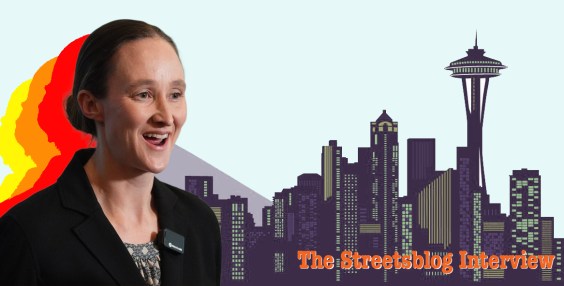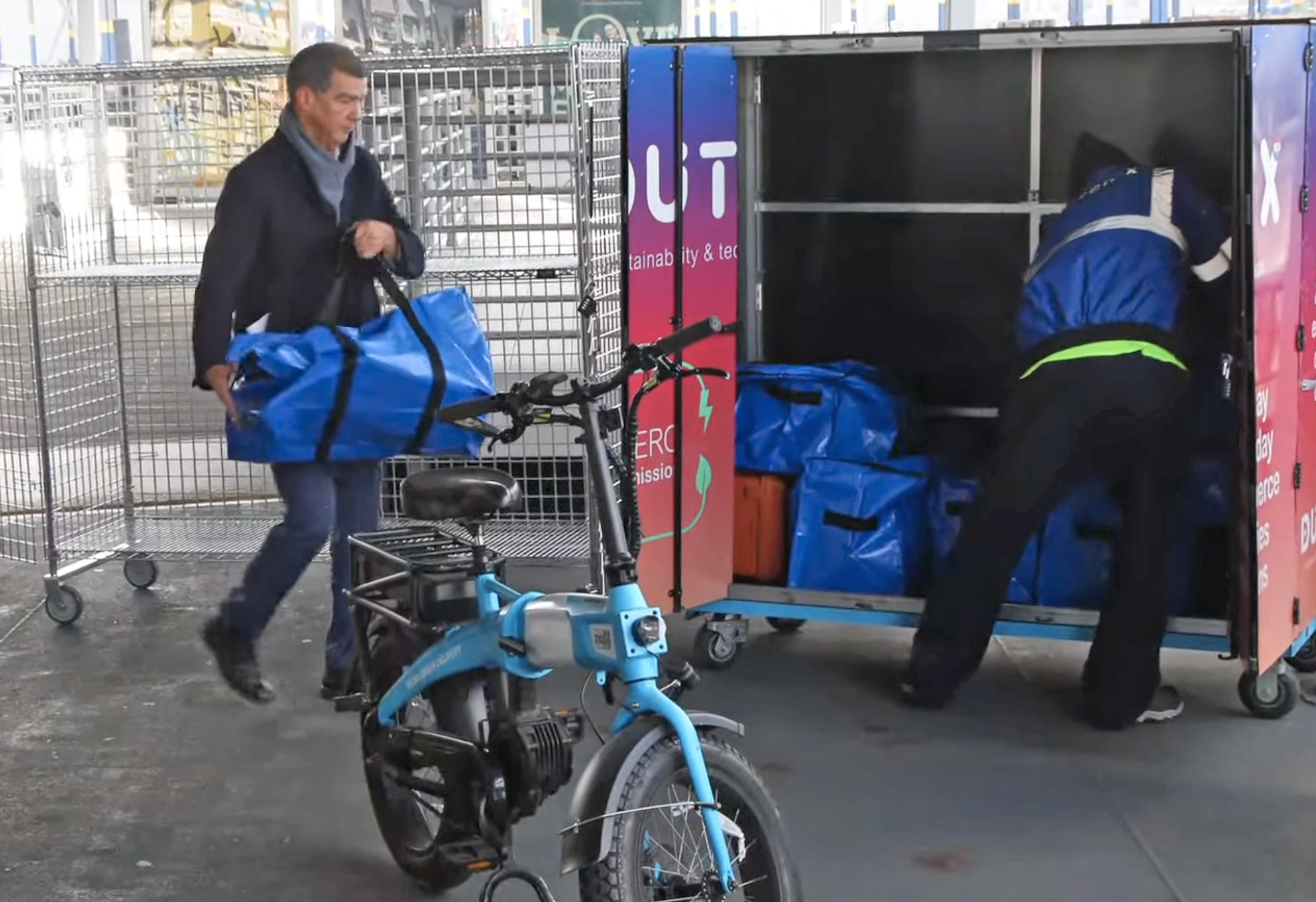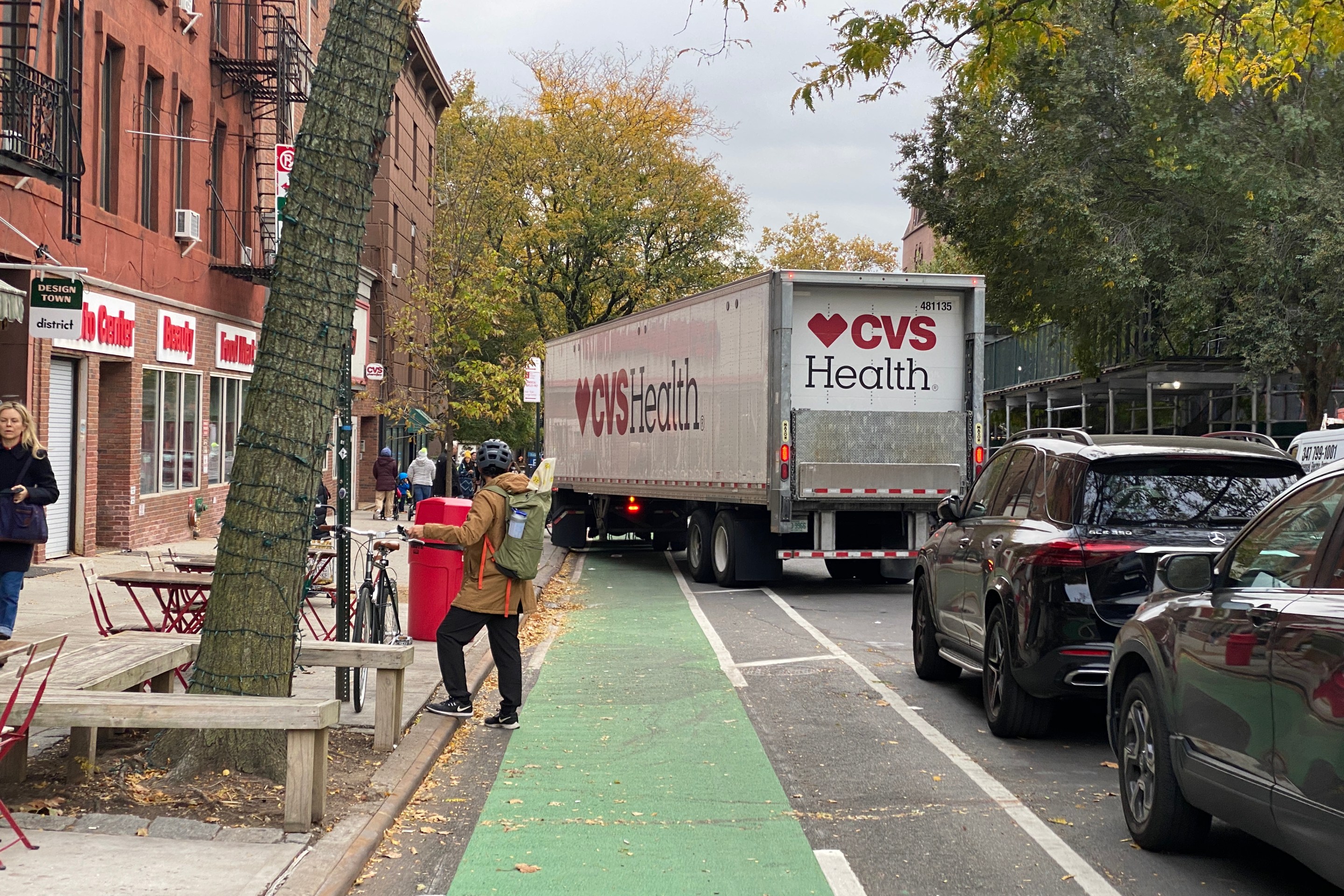We have yet to get an official reply from the state Assembly about why bus lane cameras were not included in their budget proposal last week, but the excuse that's floating around is that camera enforcement just costs too darn much. That's what Assembly member Jim Brennan said in a constituent letter, and one reader reports getting a similar message from Assembly member Denny Farrell's office. (The powerful Farrell chairs the ways and means committee, which held the only vote on the Assembly's bus cam-free budget resolution before it reached the full floor.)
 Bus cams would keep riders on routes like the Bx12 from getting delayed by bus lane blockers, boosting ridership and generating more fare revenue for the MTA. Photo: Brad Aaron.
Bus cams would keep riders on routes like the Bx12 from getting delayed by bus lane blockers, boosting ridership and generating more fare revenue for the MTA. Photo: Brad Aaron.Taking this excuse at face value, it suggests that lawmakers not only don't understand the worth of better bus service to their own constituents, but that they don't get how better bus service is good for the MTA's bottom line, too. The claim that bus cameras cost too much just doesn't hold water.
First off, I'm not sure where Assembly members are getting their numbers. The MTA says it hasn't put a pricetag on the cameras yet. But lets assume for the sake of argument that Jim Brennan is on the money and bus cams cost $4 million to set up. That would still be an excellent investment for the MTA. Here's why.
Basically, better bus service attracts more riders. That's the common-sense effect that researchers have documented in London [PDF], where congestion pricing has cleared the way for faster buses, boosting total ridership. More riders mean more fares.
So how big would the effect be from bus cams?
Well, the buses that use the current bus lane network on Manhattan's major crosstown routes and avenues move about 240,000 people on a typical weekday, according to the most recent figures on the MTA web site. (That's buses on 34th, 42nd, and 57th Streets, and First, Second, Third, Lexington, Madison, and Fifth Avenues.) Add the riders on the Bx12 in the Bronx and the B44 in Brooklyn, and you've got more than 325,000 New Yorkers riding on bus cam-eligible routes, if Albany adopts the same program that the governor's budget proposes.
That works out to about 12 percent of the total average weekday bus ridership in New York City. If camera enforcement improves bus speeds in New York as much as it did in London -- 12.6 percent -- then average bus speeds would increase about 1.5 percent. Since the numbers we're using aren't precise (not every part of the affected routes would have bus cameras), let's knock it down to 1 percent. It may not sound like much, but it's enough to attract thousands of new bus riders.
If you plug a 1 percent increase in bus speeds into Charles Komanoff's Balanced Transportation Analyzer, the BTA calculates that annual revenue from new fares would come to $4 million. For a small upfront investment in these cameras, then, the MTA would be able to institute a service improvement that makes life easier for hundreds of thousands of bus riders and nets millions in additional fare revenue every year.





